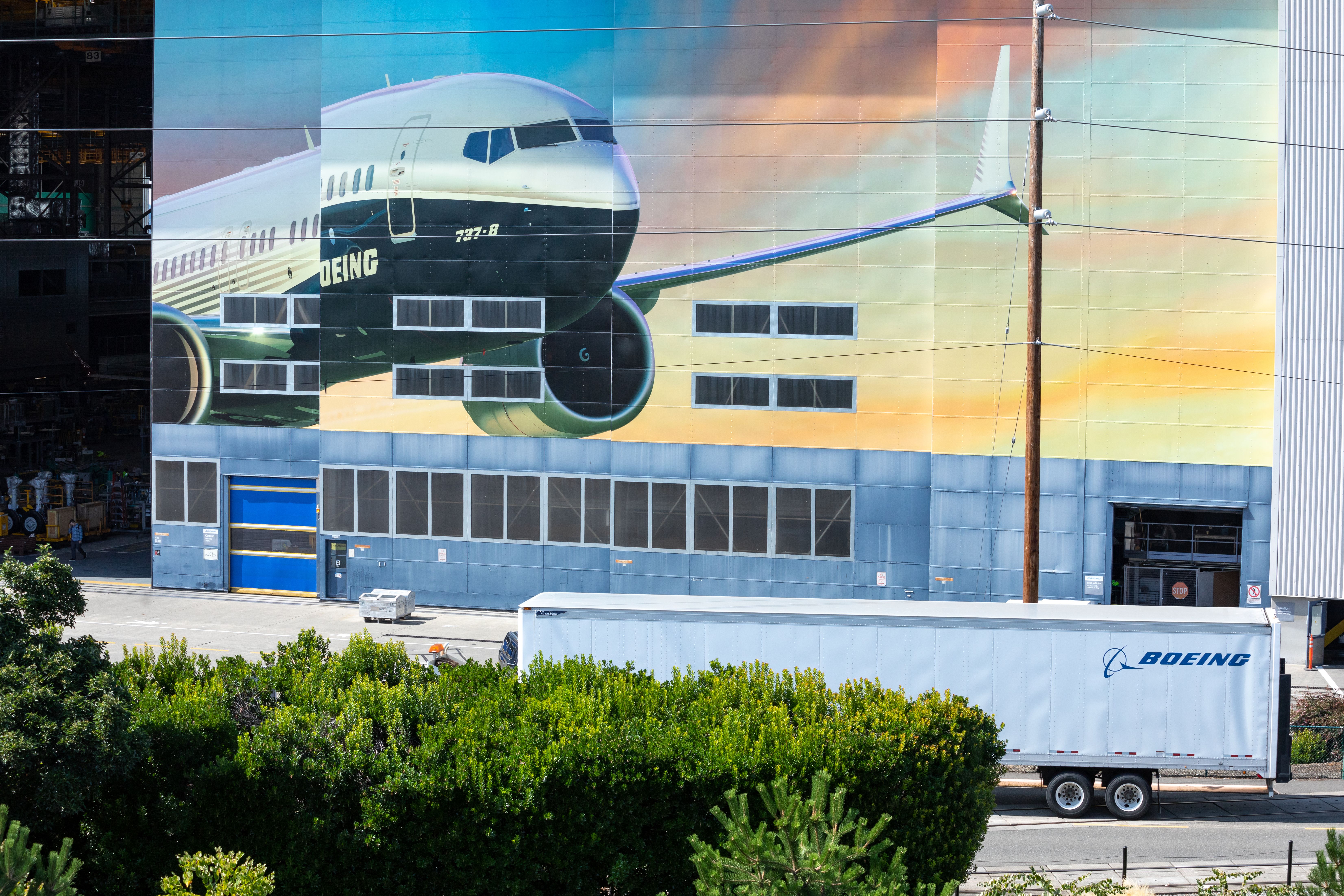Summary
- Alaska Airlines has replaced the Boeing 737 MAX 9 involved in the January blowout incident with an additional MAX 10 order.
- The airline has received over $200 million in compensation from Boeing for the losses related to the incident.
- Boeing recently detailed its plan to improve quality and safety in the 737 MAX assembly line.
The Boeing 737 MAX 9 involved in the Alaska Airlines blowout incident in January this year won’t return to the airline’s fleet. Instead, the carrier has replaced it with an order for an additional 737 MAX 10 aircraft as part of its future fleet program.
MAX 9 replaced with MAX 10
Alaska Airlines has returned the Boeing 737 MAX 9 involved in the January blowout incident to the plane maker and has instead ordered an additional MAX 10, adding to its existing order for the type. ch-aviation quotes the airline as saying,
“We have entered into a purchase agreement with Boeing for aircraft N704AL (msn 67501). They have taken possession of it and the registration has been changed. It is no longer part of our fleet. Additionally, we have placed an order for a new B737-10.”
Photo: Ian Dewar Photography | Shutterstock
As detailed by ch-aviation using its fleet module, Alaska Airlines placed a firm order for 45 Boeing 737 MAX 10s in 2021 and 2022. The airline also has firm orders for 20 MAX 8 variants, of which it has received four, and 82 MAX 9 variants, of which it has received 70. But with one MAX 9 gone, it now has 69 of the type.
Flight AS1282
While Boeing has been in the news for the last few years for its production delays and substandard practices, the Alaska Airlines flight AS1282 incident in January really proved a pivotal point in putting the company under intense scrutiny from all quarters.
Alaska Airlines was initially paid a $162 million compensation from Boeing earlier this year for the losses resulting from the January incident, which saw the carrier ground its entire MAX 9 fleet temporarily, affecting its operations.
In May, the carrier received a $61 million Boeing credit, bringing the total compensation paid to the airline to $223 million. Alaska said in its quarterly report that the credit will be used to purchase Boeing products in the future.
United Airlines, another major operator of the Boeing 737 MAX 9 aircraft, also suffered immensely from the type’s grounding, losing an estimated $200 million. In April, the airline struck a deal with the plane maker for compensation, but the details of the deal were not revealed. United said that it would receive compensation in the form of “credit memos for use on future purchases from Boeing.”
Boeing’s plan
Since the two fatal crashes of Boeing 737 MAX aircraft a few years ago, Boeing has been under scrutiny for its production practices. It took a long time (almost two years) for airlines globally to be comfortable flying the MAX again after software changes were introduced to the plane.
But the January incident suggested that Boeing’s problem ran much deeper than previously anticipated. This was followed by stricter regulations from the FAA, which capped the monthly production of the MAX aircraft to 38, as well as a churn in the company’s top management, with the plane maker’s CEO resigning.
Photo: BlueBarronPhoto | Shutterstock
Recently, Elizabeth Lund, the senior vice president of quality of Boeing Commercial Airplanes (BCA), explained why the Alaska Airlines incident happened. She also shared plans to make the Boeing 737 MAX assembly line safer and more focused on quality. The article below analyzes this in detail.

Related
Boeing Details Plans To Build Better 737 MAX Planes
The Boeing executive’s statements related to the Alaska Airlines incident have resulted in sanctions by the NTSB.



